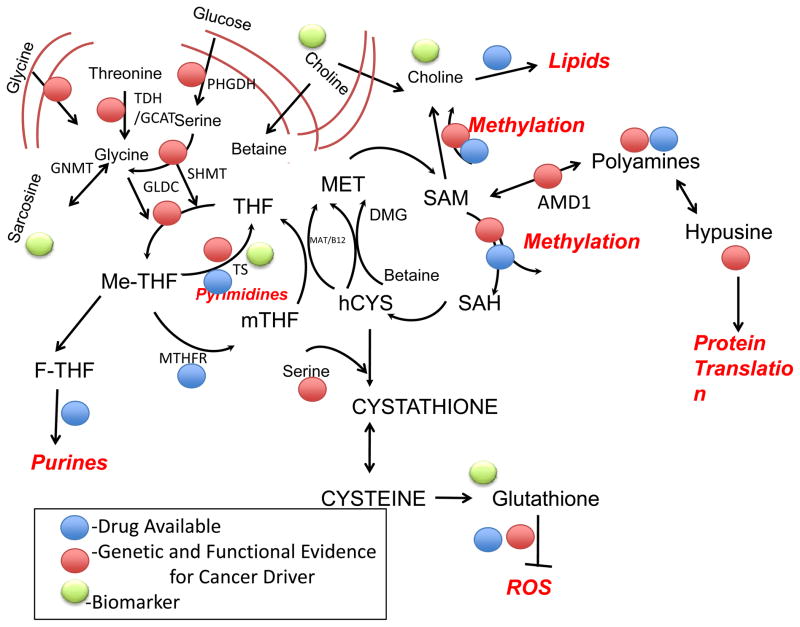Figure 4. One carbon metabolism and cancer pathology and intervention.
Schematic of one-carbon metabolism and the transsulfuration pathway. Recent findings have identified roles for these pathways in cancer. Genetic mutations and functional evidence for the existence of a cause of cancer (driver) at this point in the pathway (red), currently available drugs (yellow), and biomarker development (green) are highlighted. The specifics are indicated in Tables 1, 2 and 3. Causality is defined as either the presence of a genetic lesion or functional evidence (e.g. overexpression of a pathway component) that enhanced activity at this point in the pathway promotes oncogenesis. The biological outputs of the pathway are in a bold-italic red font. Abbreviations: SAM – S-adenosylmethionine, SAH – S-adenosylhomomocysteine, hCYS – homocysteine, THF – Tetrahydrofolate, mTHF – 5-methyltetrahydrofolate, Me-THF – 5,10 Methylenetetrahydrofolate, F-THF – 10 Formyltetrahydrofolate, DMG – Dimethylglycine, PC – Phosphatidylcholine; PHGDH – phosphoglycerate dehydrogenase, GLDC – Glycine Decarboxylase, TS – Thymidylate Synthase, MAT – Methionine Synthase, B12 – Vitamin B12, GNMT – Glycine N-methyltransferase, MTHFR – Methylenetetrahydrofolate Reductase, TDH/GCAT – Threonine Dehydrogenase/Glycine C-acetyltransferase, ROS – Reactive Oxygen Species. Bidirectional arrows denote reversible steps.

